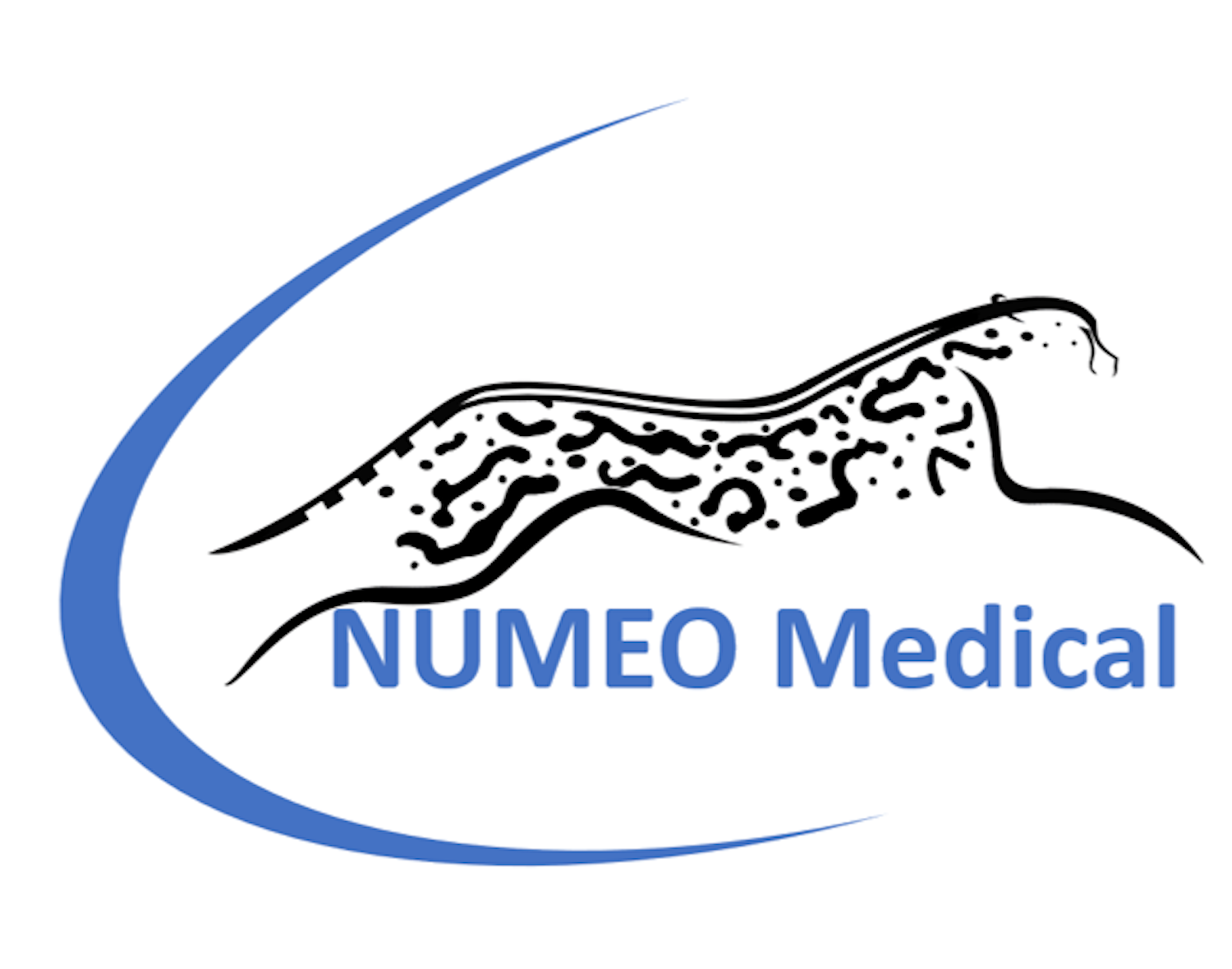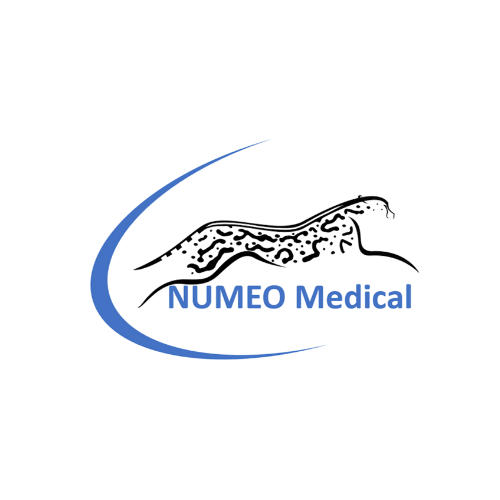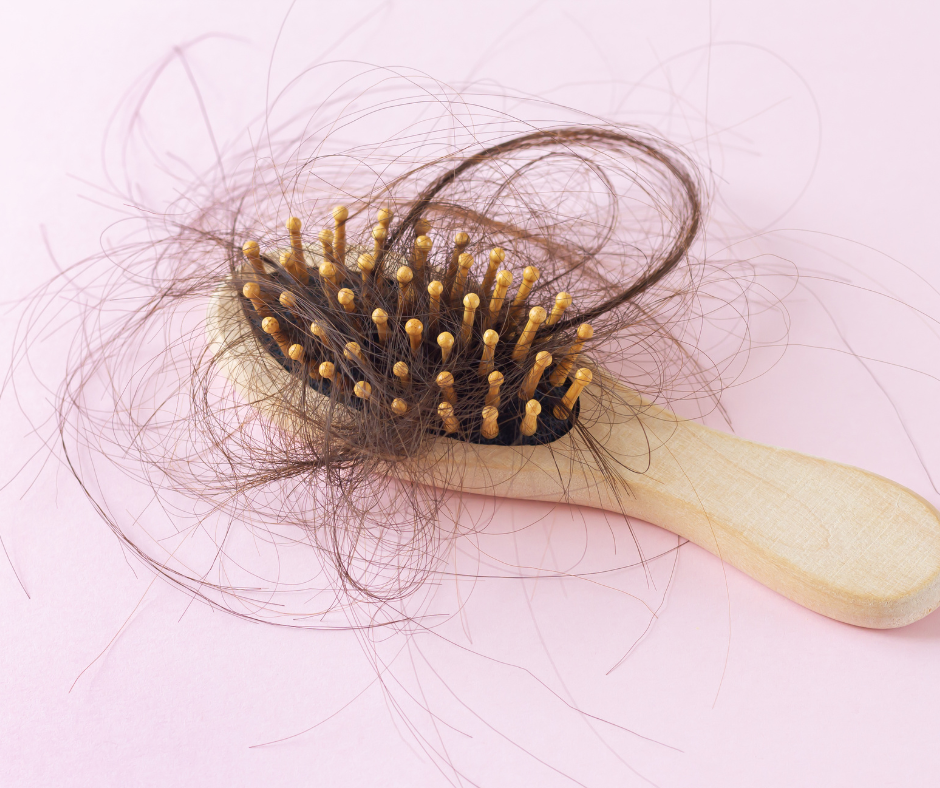Hair Loss After Weight Loss? Read This Before You Buy Another Supplement
An evidence-based guide to what works, what doesn’t, and what to avoid.
“I feel better, I’ve finally been able to lose weight… but now I’m losing a lot of hair, and it’s stressing me out.”
I hear this over and over again.
Hair loss is one of the most distressing, yet under-discussed, consequences following significant weight loss. Patients often describe it as the moment their long-awaited health improvements begin to feel like a setback. It’s visible, emotional, and deeply personal.
This phenomenon is known as Telogen Effluvium, and while it’s typically reversible, it can be psychologically taxing and poorly managed. This article offers an evidence-based look at what Telogen Effluvium is, why it happens, and what, if anything, can meaningfully support hair regrowth.
What Is Telogen Effluvium
Telogen effluvium (TE) is a form of diffuse (spread across the scalp), non-scarring hair loss. Our hair follicles have rest and growth phases. TE occurs when a disproportionate number of hair follicles prematurely from the growth (anagen) phase to the resting (TELOGEN) phase. This shift of lots of hair follicles being in resting phase results in excess “shedding”. It typically becomes noticeable two 2-4 months after a triggering event. What are triggering events? You’ll ask. These include:
- Rapid or significant weight loss (whether due to caloric restriction, bariatric surgery, or GLP-1 medications. Note: GLP-1s themselves don’t cause hair loss; the hair loss is related to the weight loss itself.)
- Psychological or physical stress
- Acute illness (including COVID-19, trauma, burn, etc)
- Pregnancy and childbirth
- Surgery
- Certain medications (including topiramate, which we sometimes use in obesity medicine for weight management. Notably, this is the only anti-obesity medication known to cause hair loss independent of weight loss.)
TE usually resolves spontaneously within about six months after the trigger is addressed. However, the severity and visibility of it can feel catastrophic, leading many individuals to seek out aggressive or unproven interventions.
So, how do we approach and manage it in clinical practice?
The First Step: Nutritional Deficiency Evaluation
Nutritional status is central to both the assessment and management of TE. Several micronutrient deficiencies are frequently ASSOCIATED with TE, but it is important to clarify: association does not imply causation. These deficiencies may coexist with TE due to overlapping physiological stressors, dietary restrictions, or underlying illness—rather than being direct causes of hair loss.
Iron
Iron deficiency is the most consistently reported abnormality in patients with TE across multiple studies. That said, we do not know whether low iron causes TE. Iron deficiency is common in many conditions that themselves can trigger telogen effluvium, including significant weight loss, menstruation-related blood loss, postpartum state, and chronic illness. We also know that ferritin can be “sequestered” during acute illnesses. In these scenarios, it is difficult to disentangle whether iron deficiency is a driver of hair loss or simply a marker of systemic stress.
In practice, I recommend screening ferritin in all patients presenting with unexplained hair loss, and initiating iron repletion when appropriate.
Vitamin D and Zinc
Vitamin D and zinc levels are also frequently found to be low in patients with TE. As with iron, the biological plausibility is sound: vitamin D receptors are active in the hair follicle and influence its cycling, while zinc supports keratin formation and follicular architecture. However, the available studies are observational and cannot establish a causal role. It is entirely possible that these deficiencies reflect broader metabolic stress or restricted intake in individuals undergoing rapid weight loss or recovering from illness.
I often explain to my patients that these nutrients are part of the body’s infrastructure for cell growth and repair. Hair follicles, as rapidly cycling structures, are sensitive to overall nutrient availability. The goal is to correct true deficiencies, and optimize their levels, not to “boost” levels indiscriminately.
Supplements - where nuance and skepticism are essential!
Biotin
Biotin (vitamin B7) has achieved near-mythical status in the wellness world. Nearly every over-the-counter “hair, skin, and nails” product includes it, often in mega-doses. I must admit that I myself have fallen a victim and have blindly followed their claims years ago. If we critically examine the currently available data, you’ll see that there is no evidence that biotin supplementation improves symptoms telogen effluvium, or makes the process shorter, unless a patient is truly deficient (which is extremely rare and is seen in people with genetic biotinidase deficiency, chronic anticonvulsant use, excessive raw egg white consumption…). I believe that high dose Biotin formulations should come with a warning as it interferes with several laboratory assays, like thyroid function tests (TSH), troponins, and other hormone panels. This can lead to misdiagnosis or delayed treatment in serious conditions like thyroid disease or myocardial infarction. So, always tell your clinicians you are taking supplementations. And always stop at least 48-72hr before any routine bloodwork.
What about Multi-Nutrient Blends?
Some randomized controlled trials evaluating multi-ingredient hair supplements, usually combining zinc, biotin, iron, vitamins A/D/E/B complex, folic acid, amino acids, and sometimes collagen or keratin peptides, have shown improvements in clinical outcomes (for e.g., self reported hair loss, hair density, etc). However, these studies have lots of limitations (small sample size, unclear blinding, high risk of bias due to financial conflict of interests, inconsistent results, to name a few) and thus, results can not be generalized.
Minoxidil
Topical minoxidil 5% (drops, foams) may stimulate re-entry of hair into the growth (anagen) phase. Although not formally approved for TE, it is frequently used off-label. Beware of the initial “shedding” phase and the need for consistency. Evidence in TE is extrapolated mostly from studies on different types of hair loss however, androgenetic alopecia.
Oral minoxidil also has emerging evidence for efficacy in TE, but its use is limited by the potential for systemic side effects such as hypotension or fluid retention. While some clinicians may consider it in select cases, it is not a first-line therapy, and topical formulations are generally preferred in most patients.
Other considerations:
Nutrition:
As I described above with iron and vitamin D, nutrients are important for healthy hair growth. Your meal plan should include adequate amounts of vitamins, microelements, protein. Adequate protein intake is essential for cells, including hair follicles, health, and particularly during energy restriction.
Physical and Chemical Hair Trauma
While tight hairstyles, chemical processing, and high-heat tools do NOT cause TE per se, it compounds the mechanical fragility of hair during the regrowth phase and may exacerbate hair loss.
My Clinical Approach in a Nutshell
Screen for iron, vitamin D, zinc deficiencies and, correct and optimize as appropriate
Ensure adequate protein intake, particularly during weight loss
Minimize hair trauma, both chemical and mechanical
Use topical minoxidil with appropriate counseling
Refer to Dermatologist and additional work up (and consideration of oral minoxidil) in severe cases, if other condition is suspected, and/or if it does not resolve within 6 months after the underlying trigger is stabilized.
Final Thoughts
Hair loss can feel like an unwelcome punishment after months of hard work toward better health. While it is typically self-limited, the experience is often anything but benign.
For clinicians, our role is to validate the emotional impact, rule out true deficiencies, and guide patients away from ineffective, and sometimes risky, remedies.
For patients, understanding the physiology behind this process, and having a structured plan to support regrowth, can turn panic into patience.
That said, I want to highlight again, that most of the research on TE interventions, whether nutritional or pharmacologic, is limited by overall poor quality studies (small sample sizes, lack of blinding and adequate control groups, heterogeneous patient populations, the inherently self-resolving nature of TE itself). This makes it challenging to isolate true treatment effects. While we do have mechanistic rationale and early data supporting some interventions, we are still in need of larger, well-controlled trials to confirm which therapies meaningfully accelerate recovery.
Hair grows back. But informed care makes the waiting easier.
About the Author
Dr. Lipartia is a double board-certified physician specializing in obesity medicine and metabolic health. Passionate about translating complex research into practical advice, she empowers patients and readers to make informed decisions for long-term health.


